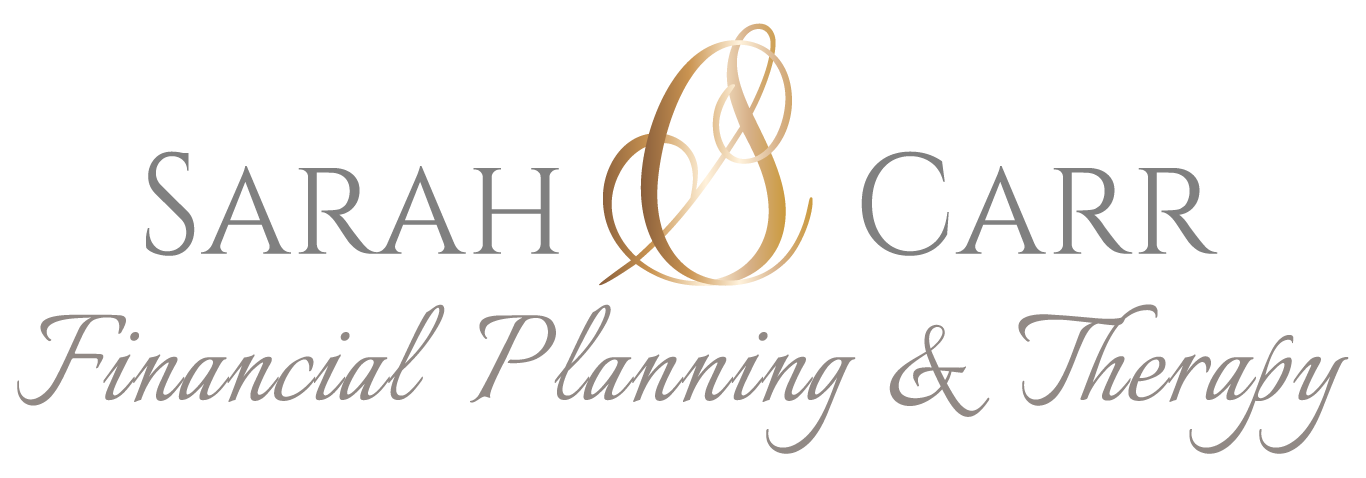The Big 3 – Stocks, Bonds, and Cash

In my last post I talked about some of the general risks associated with saving and investing. Today I want to talk about the three core types of investments (stocks, bonds and cash), called asset classes. There are other asset classes such as real assets (land, timber, precious metals, etc.) commodities, etc. However, these three basic investment classes make up the foundation of most investment strategies. Each one has its own role in a portfolio.
Cash. We all know what cash is. In investment terms however, cash can be a bit broader. The term “cash” (or “cash-like” investments) generally includes savings accounts, money markets, and CDs. The number one characteristic of cash is that it is liquid. You have access to the funds anytime. Most notably, the principle value (the money you started out with) does not fluctuate. Although, the interest rate can fluctuate, and in some cases, fees or penalties can reduce your value.
Cash offers liquidity, does not fluctuate based on the market, but may not pay enough interest to keep pace with inflation.
Bonds (also called fixed-income) are a debt investment where you are lending your money to an issuer for a specific period of time. The issuer is promising to pay you back your principle (usually at the end of the term) plus pay you interest along the way.
Corporate Bonds – Corporations may issue bonds in order to raise capital. There is risk that if the corporation goes bankrupt that you could lose some or all of your money. The benefit is that should a company go bankrupt you at least have a claim as a debt holder of the company, which is more than you would have as a shareholder.
Municipal Bonds – States, municipalities, and counties may issue bonds to raise money for various projects such as highways, bridges, and schools. Interest earned from “muni” bonds is typically tax -free. Additionally, because these government entities usually have the power to increase taxes in order to pay their obligations, the likelihood of facing bankruptcy is very small.
Bonds typically offer a higher return than what you earn in cash without the same volatility of stocks.
Stocks (also called equities) represent ownership in a corporation. As a result, you share in the success of the company (for better or worse). Stockholders earn money two ways. The value of the company may appreciate causing the stock’s value to rise. Additionally, some companies may give out a portion of their earnings to shareholders in the form of dividends. Since the value of the stock is tied to the value of the company if the company loses value you do too. If the company goes bankrupt, you can lose all of the money you invested in it.
Stocks offer unlimited opportunity for return but can expose you to volatility. Historically, the return on stocks has outpaced the other asset classes.
As you can see, each asset class has it’s own set or risks and rewards. Generally they will perform differently in any given market environment based on each type’s characteristics. The true art of creating an investment strategy comes down to choosing a blend of investments that work together to achieve your goals while mitigating your risks.






